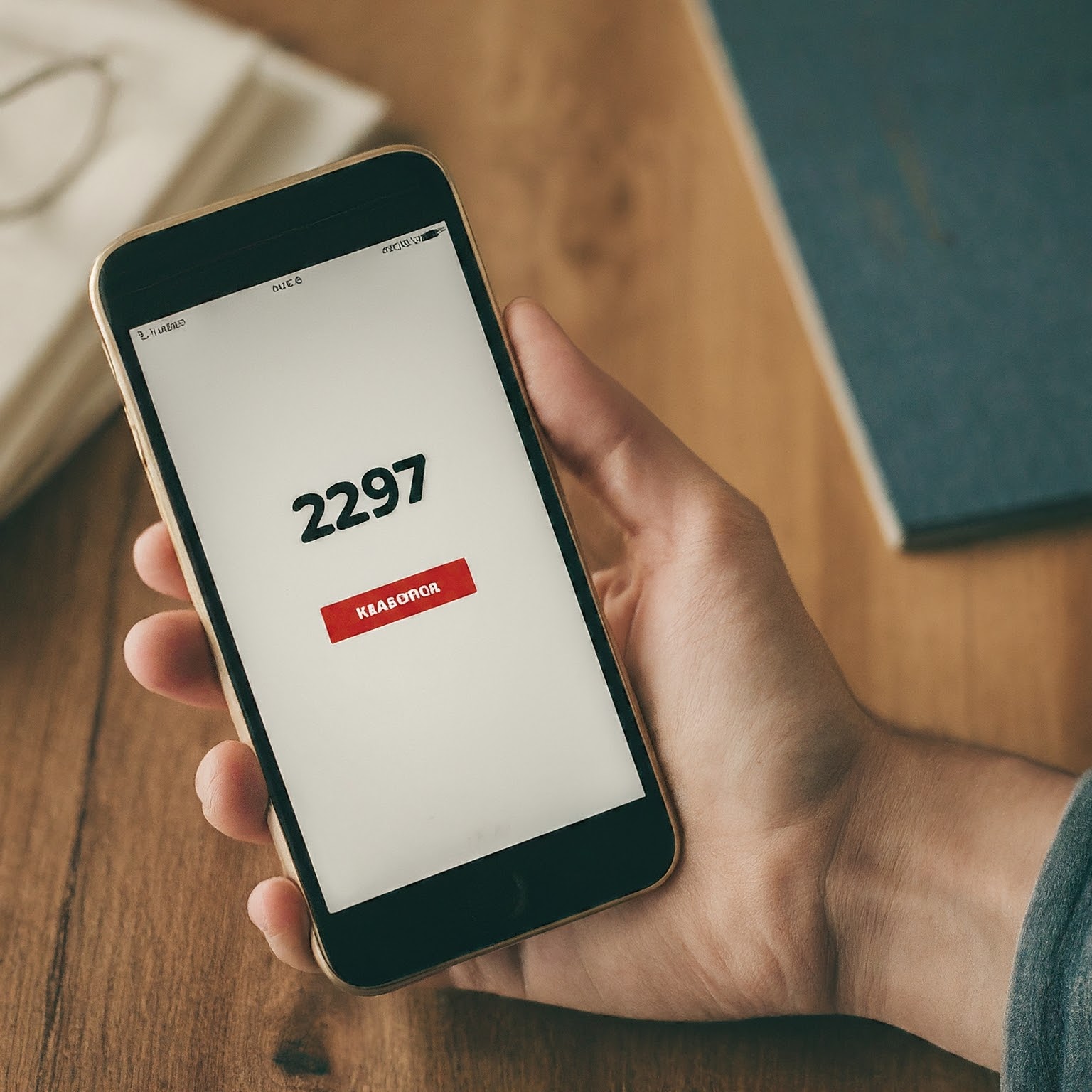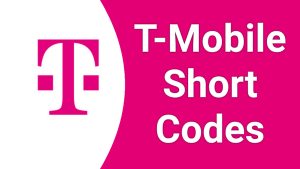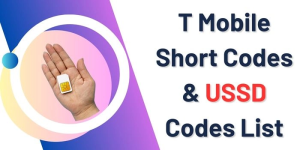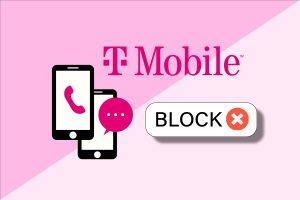In the realm of mobile communication, short codes have become indispensable tools for businesses and organizations to connect with their customers. T-Mobile, a prominent wireless carrier, utilizes a range of short codes for various purposes, including the somewhat enigmatic 2297 short code. This comprehensive guide aims to shed light on the nature and purpose of 2297 short code, the types of messages associated with it, potential concerns, and how T-Mobile customers can effectively manage their interactions with this communication channel.
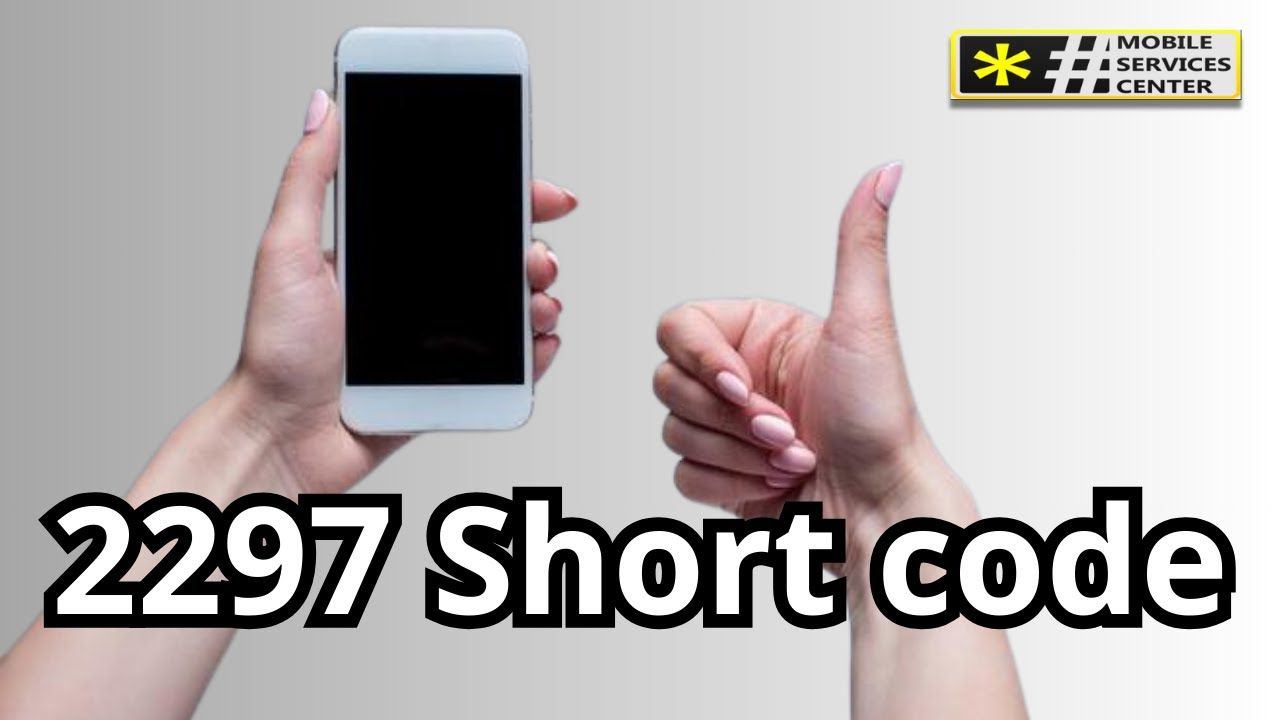
What is 2297 Short Code?
The 2297 short code is a five-digit number employed by T-Mobile to send text messages (SMS) and multimedia messages (MMS) to its customers. Short codes, unlike traditional phone numbers, are designed for brevity and ease of use, making them ideal for mass communication and specific interactions.
How Does T-Mobile Use 2297 Short Code?
T-Mobile utilizes the 2297 short code for various purposes, primarily centered around customer engagement, account management, and service notifications. Some of the most common uses include:
- Marketing Campaigns: T-Mobile may use the 2297 short code to send promotional messages about new plans, devices, services, or special offers. These messages are often targeted based on user preferences and usage patterns.
- Account Notifications: The 2297 short code serves as a channel for T-Mobile to send important account-related notifications to its customers. This could include bill reminders, payment confirmations, plan upgrades, service changes, or account verification codes.
- Service Alerts: In the event of network outages, planned maintenance activities, or other service disruptions, T-Mobile may utilize the 2297 short code to inform customers and provide updates on the situation.
- Surveys and Feedback: T-Mobile occasionally conducts surveys or seeks feedback from customers through the 2297 short code. These surveys help the company gauge customer satisfaction, identify areas for improvement, and tailor their services to better meet customer needs.
Types of Messages Associated with 2297 Short Code
The messages received from the 2297 short code can vary widely depending on the context and the purpose of the communication. Here are some common examples:
- Promotional Offers: “Upgrade to our latest Unlimited plan and get a free smartphone!”
- Bill Reminders: “Your T-Mobile bill is due on [date]. Make a payment online or through the app to avoid service interruption.”
- Service Alerts: “We’re experiencing a network outage in your area. We apologize for any inconvenience and are working to restore service as quickly as possible.”
- Survey Requests: “Take our short survey and tell us about your experience with T-Mobile. Your feedback is valuable to us.”
- Account Verification: “Your T-Mobile verification code is [code]. Please enter this code to complete the login process.”
Legitimacy and Security Concerns
While the 2297 short code is a legitimate communication channel used by T-Mobile, it’s crucial to exercise caution when receiving messages from this or any short code. Scammers can sometimes spoof short codes to send phishing messages or fraudulent offers. Always be wary of messages that request sensitive personal information or seem too good to be true.
To verify the authenticity of messages from the 2297 short code, you can:
- Check the Sender ID: Legitimate messages from T-Mobile will typically display “T-Mobile” or a variation thereof as the sender.
- Scrutinize the Message Content: Genuine messages from T-Mobile will be clear, concise, and relevant to your account or services. Be wary of messages with grammatical errors, vague information, or requests for personal data.
- Contact T-Mobile Directly: If you have any doubts about the legitimacy of a message, reach out to T-Mobile customer support through official channels (website, app, or phone) to verify its authenticity.
Managing Messages from 2297 Short Code
T-Mobile provides its customers with options to manage the messages they receive from the 2297 short code:
- Opting Out of Marketing Messages: If you wish to stop receiving promotional messages, you can typically opt out by replying with “STOP,” “QUIT,” “END,” “CANCEL,” or “UNSUBSCRIBE” to any message from the 2297 short code.
- Blocking the Short Code (Not Recommended): While it’s possible to block the 2297 short code on your phone to stop receiving all messages from it, this is not advisable. Doing so might also block important account notifications and service alerts.
- Contacting Customer Support: If you have any concerns about messages from the 2297 short code or want to adjust your notification preferences, you can contact T-Mobile customer support for assistance. They can help you manage your communication preferences or investigate any suspicious messages.
Additional Tips for Dealing with 2297 Short Code Messages
Here are some additional tips for handling messages from the 2297 short code:
- Read Messages Carefully: Always read the message content carefully before taking any action.
- Be Cautious with Links: Avoid clicking on links in messages from the 2297 short code unless you are certain they are safe and legitimate.
- Don’t Respond to Spam: If you receive spam messages, do not reply or engage with them. Simply report them to T-Mobile and the appropriate authorities.
Conclusion
The 2297 short code is a vital communication tool used by T-Mobile to connect with its customers. By understanding its purpose, exercising caution, and utilizing the available tools to manage messages, you can ensure a secure and informative experience with this short code. Whether it’s receiving timely account updates or staying informed about exciting promotions, the 2297 short code is a valuable resource for T-Mobile customers to stay connected and engaged with their carrier.
